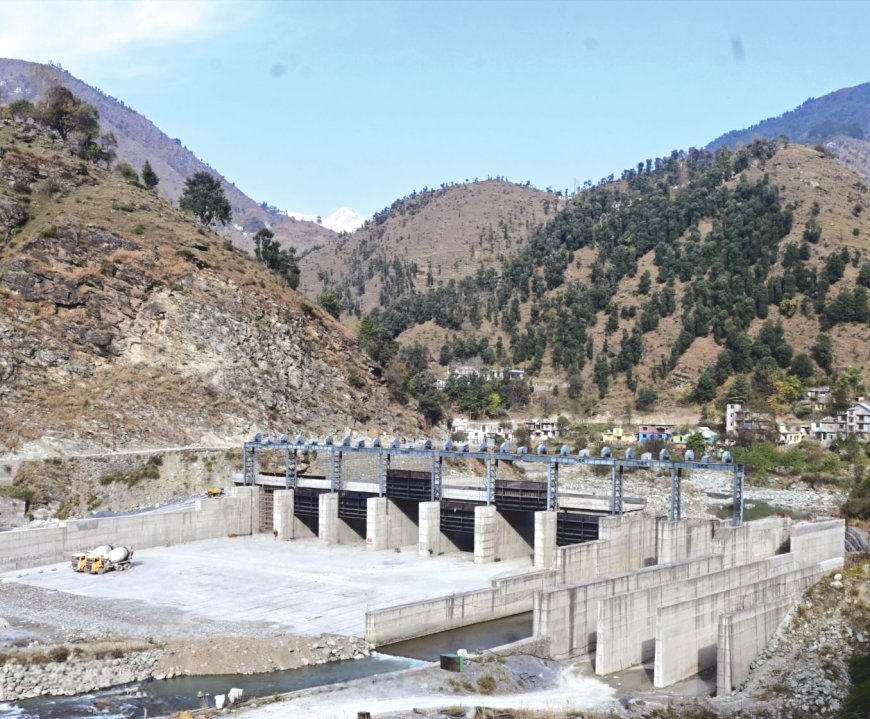The surge of private investment in roads and construction

The rising prominence of Public-Private Partnerships (PPPs) represents a significant shift in how infrastructure projects are conceived, financed, and delivered. This collaborative model, bringing together the resources and expertise of both the public and private sectors, is reshaping the landscape of road construction and other essential projects. With its blend of efficiency, innovation, and financial viability, PPPs are emerging as a cornerstone in addressing the pressing need for infrastructure upgrades worldwide.
Historically, the government has shouldered the burden of infrastructure development, relying primarily on public funds. However, the limitations of this approach, including budgetary constraints and bureaucratic hurdles, have become increasingly apparent. Enter PPPs, offering a compelling alternative by leveraging the strengths of private companies while sharing risks and rewards with the public sector.
One of the key advantages of PPPs lies in the efficiency and innovative technology brought by private companies. With their experience in project execution, these firms introduce cutting-edge methodologies and best practices, accelerating the pace of construction and enhancing the quality of infrastructure. From advanced materials to digital tools for project management, the infusion of private expertise drives tangible improvements in project delivery.
Moreover, PPPs serve as a mechanism for governments to attract private investment, alleviating the strain on public finances. By transferring a portion of the project's financial burden to private partners, government can embark on ambitious infrastructure initiatives without overburdening taxpayers or sacrificing other public services. This strategic allocation of resources enables governments to address critical infrastructure needs while maintaining fiscal responsibility.
Furthermore, PPPs facilitate the injection of private capital into projects, unlocking additional funding streams beyond traditional sources. Private investors are drawn to PPPs by the prospect of long-term returns and the opportunity to diversify their portfolios with stable infrastructure assets. This influx of private capital not only accelerates project timelines but also reduces reliance on public debt, thereby enhancing financial sustainability.
In practice, PPPs have demonstrated their effectiveness in a variety of infrastructure projects, including road construction, bridges, tunnels, and public transportation systems. Countries around the world, from developed nations to emerging economies, are increasingly embracing this collaborative approach to address their infrastructure deficits and fuel economic growth.
However, it's essential to recognize that PPPs are not without challenges. Complex contractual arrangements, regulatory frameworks, and risk-sharing mechanisms require careful consideration and transparent governance to ensure the success and sustainability of projects. Effective stakeholder engagement, robust risk management strategies, and rigorous oversight are paramount to mitigate potential pitfalls and maximize the benefits of PPPs.
The surge of private investment in roads and construction through PPPs heralds a new era in infrastructure development. The future of PPPs in construction is bright owing to increasing infrastructure investment needs, advancements in technology, alignment with Sustainable Development Goals, and the ability to overcome public sector revenue constraints. By harnessing the strengths of both sectors and embracing best practices in project delivery and governance, PPPs have the potential to drive sustainable economic growth, enhance connectivity, and improve the lifestyle of communities across the globe.

Kavita Shirvaikar,












